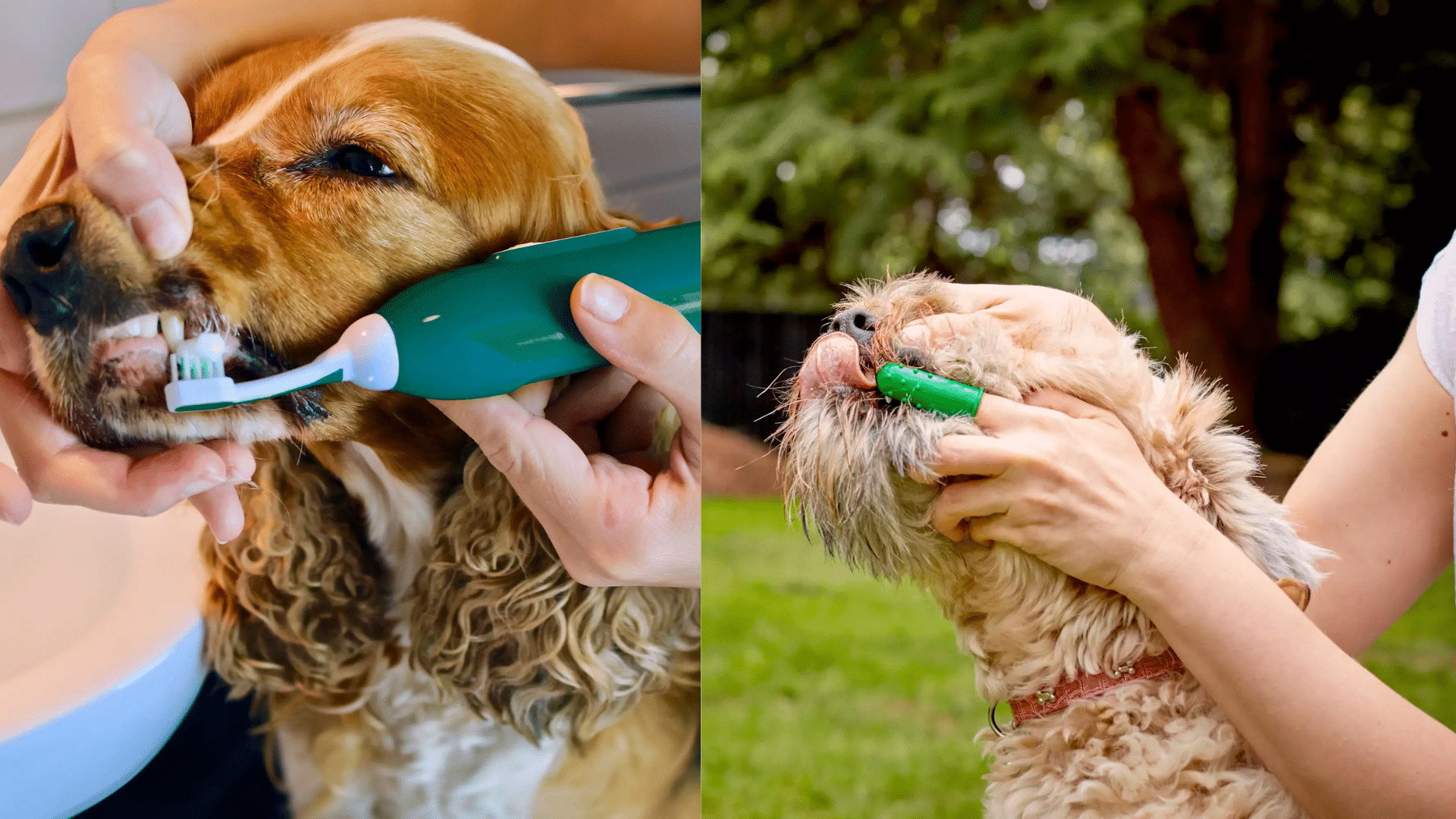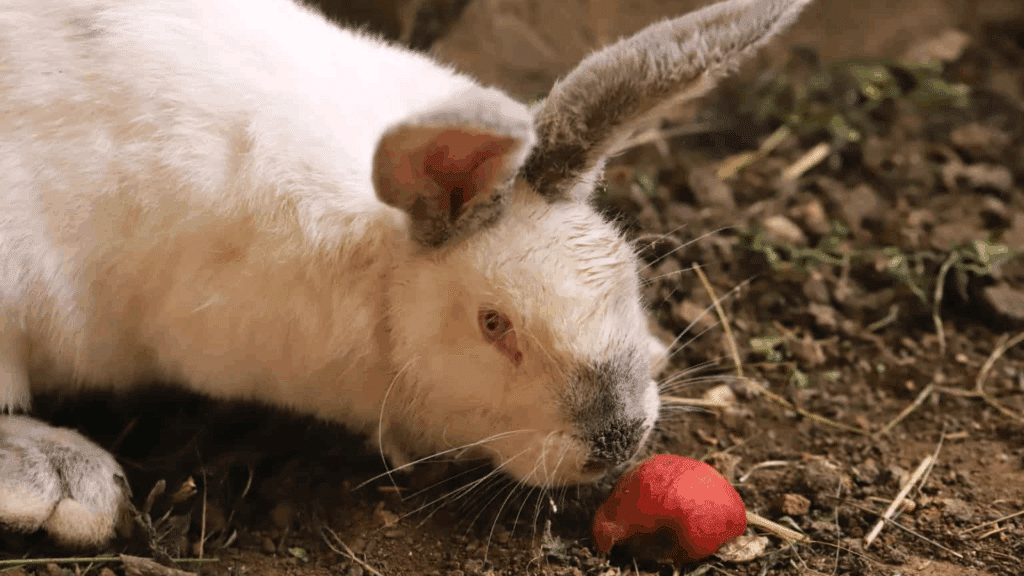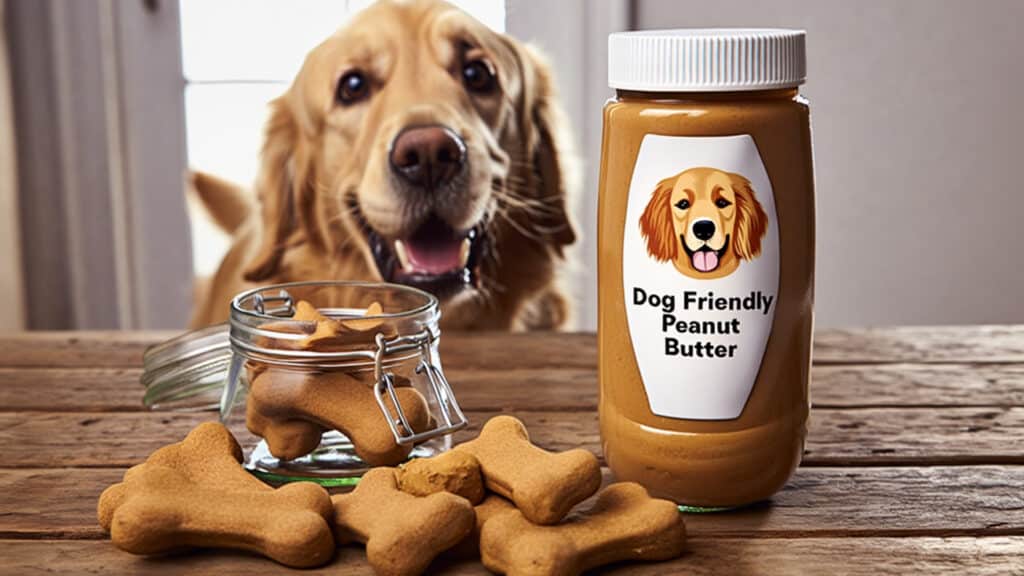Most dog owners care about feeding, grooming, and exercise, but dental care often gets skipped. It’s easy to overlook your dog’s teeth until bad breath or tartar shows up.
Brushing might sound like a chore, but it’s one of the best ways to keep your dog healthy and avoid painful dental problems later.
In this guide, you’ll learn:
- Why brushing your dog’s teeth is so important
- How often should you do it
- What to do if brushing every day isn’t possible
This article keeps things simple and realistic, focusing on what actually works for busy pet owners.
You don’t need fancy tools or perfect routines, just small, consistent steps that protect your dog’s smile and overall health for years to come.
How Often Should You Brush Your Dog’s Teeth?
Most vets say you should brush your dog’s teeth once a day. Daily brushing keeps plaque and bacteria from building up, which helps prevent gum disease and bad breath.
If daily brushing feels tough at first, doing it every other day can still make a big difference.
It’s a good middle ground while your dog adjusts to the routine. Brushing only once a week, though, doesn’t do much to stop plaque because it hardens too quickly into tartar.
Short, regular sessions work better than long, rare ones. Keep it consistent and use treats or praise to make brushing easier.
The main goal is to clean your dog’s teeth often enough to stay ahead of buildup. Even a few missed days are fine, but regular brushing is the best way to keep your dog’s mouth healthy and fresh.
What Type of Toothbrush Should You Use?

Finding the right toothbrush makes brushing easier for both you and your dog. The best choice depends on your dog’s size, comfort level, and how used they are to brushing.
1. Finger Brushes
I like finger brushes for small or nervous dogs because they’re easy to control and feel less scary to them. They slip over your finger, letting you control pressure and angle better than a handle brush.
This makes it easier to clean gently, even if your dog moves around.
They’re soft, safe, and perfect for puppies or small breeds that are new to brushing.
Starting with a finger brush helps build trust and comfort, making the switch to a standard toothbrush smoother later on.
2. Soft-Bristle Brushes
For most medium and large dogs, I prefer soft-bristle brushes because they clean effectively without hurting the gums.
Look for one with a small head and a long handle to reach the back teeth easily.
Dogs usually adjust quickly once brushing becomes routine. Always choose a brush made for dogs; their bristles and shapes are gentler than human ones.
These brushes give the right balance of comfort and cleaning power, keeping your dog’s teeth cleaner with regular use.
3. Electric Pet Toothbrushes
If you want a thorough clean, try electric toothbrushes made for dogs. They’re great for large breeds or dogs prone to plaque. The vibrations help remove buildup faster and easier.
Start slow, since some dogs may be nervous about the sound or motion. Let them sniff and hear it before brushing.
Once they’re used to it, these brushes make cleaning more efficient and can reach deep areas regular brushes might miss, keeping your dog’s mouth healthier overall.
How to Train Your Dog to Accept Tooth Brushing?
Getting your dog used to tooth brushing takes time, patience, and a calm approach. Start slow and make each step positive so your dog feels safe and relaxed.
- Start with Gentle Touch: Begin by touching your dog’s mouth gently for a few days without the brush. Let them sniff your fingers and get used to you lifting their lips. Keep sessions short and end with praise or a treat.
- Introduce the Toothpaste: Let your dog taste the toothpaste from your finger. Use pet-safe toothpaste only. The goal is to make your dog connect the flavor with a good experience.
- Add the Toothbrush Slowly: When your dog is comfortable, bring in the toothbrush. Brush just one or two teeth at a time, increasing slowly as they relax. Keep it calm and reward each effort.
- Build a Simple Routine: Go for short, daily sessions instead of long ones. Pick a quiet time each day and stay consistent. Soon, brushing will feel like a normal, easy part of your dog’s routine.
Why Is Brushing Your Dog’s Teeth So Important?
I’ve learned that brushing your dog’s teeth isn’t just about fresh breath, it’s about keeping them healthy.
When you skip brushing, plaque builds up and hardens into tartar, which can lead to gum disease and painful infections.
You might notice bad breath first, but underneath, bacteria are damaging your dog’s gums and teeth. Over time, that can cause tooth loss and even affect their heart and kidneys.
By brushing regularly, you help stop this buildup before it turns serious.
It’s a simple habit that saves you from costly vet visits and keeps your dog comfortable. Think of it like brushing your own teeth; you do it to stay healthy, not just clean.
A few minutes of brushing can make a big difference in your dog’s long-term health and happiness.
Signs Your Dog Needs More Frequent Brushing
It’s easy to miss the early signs of dental problems in dogs, but a few small changes can tell you it’s time to brush more often.
Use this simple checklist to spot when your dog’s teeth need extra care.
- Bad Breath: If your dog’s breath smells strong or sour, it could mean plaque buildup or gum issues.
- Yellow or Brown Teeth: Visible tartar on the teeth is a clear sign that brushing isn’t frequent enough.
- Red or Bleeding Gums: This can mean gingivitis, which happens when plaque irritates the gums.
- Drooling More Than Usual: Excess drool may point to mouth discomfort or dental pain.
- Difficulty Eating or Chewing: If your dog avoids hard food or chews on one side, their teeth might be sore.
- Pawing at the Mouth: Dogs sometimes paw their faces when something feels sore or uncomfortable.
If you notice any of these, it’s best to increase brushing and check with your vet.
Alternatives when You Can’t Brush Every Day
I know it’s not always easy to brush your dog’s teeth every day, especially when life gets busy. Luckily, there are simple alternatives that still help keep their mouth healthy.
You can give dental chews, which scrape away plaque as your dog chews.
Water additives are another easy fix; just mix them into your dog’s water to help fight bacteria and bad breath.
Some pet wipes also work well for quick cleanups between brushes. And if brushing often isn’t possible, schedule professional cleanings with your vet once or twice a year.
These options don’t replace brushing completely, but they do help reduce buildup and keep your dog’s breath fresh.
The key is to find a mix that fits your schedule while keeping your dog’s dental health on track.
Conclusion
Keeping your dog’s teeth clean doesn’t have to be perfect; it just needs to be consistent. A few minutes each day or even every other day can make a big difference in their health and comfort.
Regular brushing, along with small habits like using dental chews or water additives, helps prevent bigger dental problems down the road.
I’ve learned that what matters most is staying patient and making brushing part of your normal routine.
Over time, it becomes easier for both you and your dog. Healthy teeth mean less pain, better breath, and a happier pup.
So don’t stress about missing a day, just keep going. Every small effort adds up to a cleaner mouth and a longer, healthier life for your dog.








